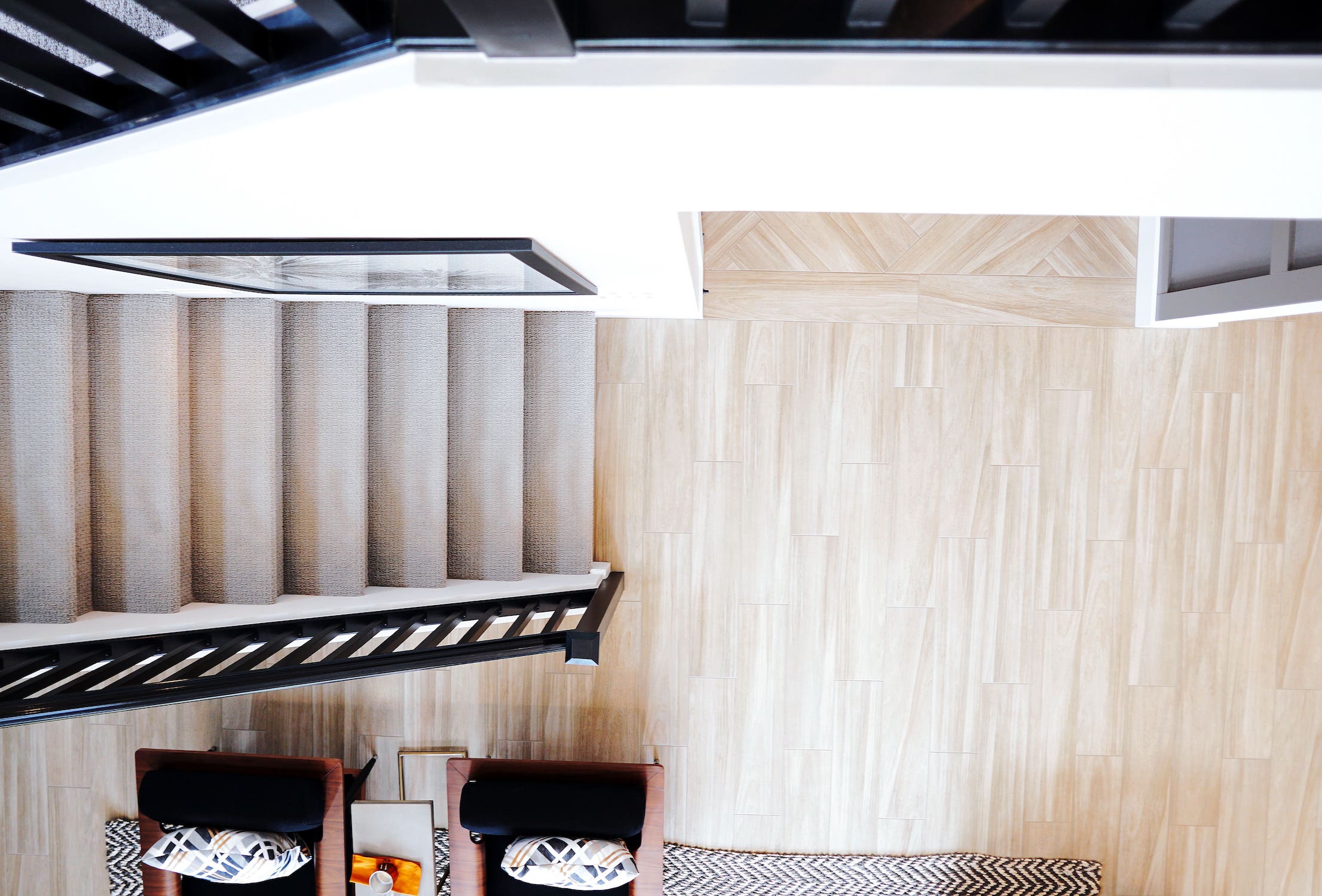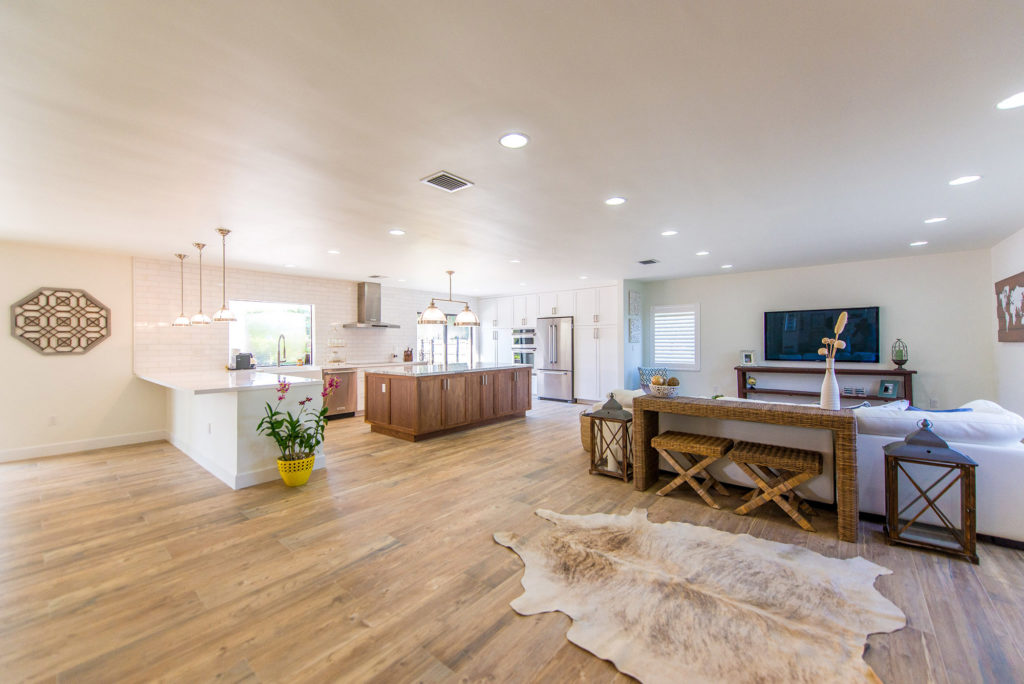
Cement, Porcelain or Wood: Which Floor is Right for You?
The world of floors can feel like a design wilderness. There are just so many options, so many colors, so many styles within styles. Well, you don’t have to feel lost in the wilderness anymore. We are here to break down the pros and cons of cement, tile and wood flooring so you can choose the style that’s right for you.
[And just so you know, we were really punning around with the use of Floor-ida throughout the blog but we held back. We just didn’t think cheap puns would leave anyone floored. We hope you appreciate our restraint.]
Let’s break down some of the most popular flooring of-the-moment:
Concrete:
The Pros:
- Incredibly durable
- Can last a lifetime
- Comes in so many styles and colors, can easily masquerade as marble or other materials
- Maintenance is easy, but may need to multiple resealings in its lifetime
The Cons:
- Hard and cold
- More expensive than tile and most woods
- Susceptible to water penetration, dehydration, off-gassing and cracks.
- Heavy. Really heavy.
Porcelain

The Pros:
- Very durable and if one tile cracks, just replace it!
- Can last up to 50 years
- One of the less expensive flooring options out there
- Waterproof
- Incredibly low maintenance
The Cons:
- Cold and hard.
- Heavy. But not as heavy as concrete.
- Slippery when wet.
- Lippage, which must be rectified.
- Color-through.
Wood

The Pros:
- Top choice for floors for hundreds of years and still going strong
- Durable and can last for a century, if cared for properly.
- Many varieties, styles, & colors. Even comes engineered.
- Warmer than other materials
Cons:
- Can scratch, dent and scuff easily
- Can be refinished, but this is an additional cost and additional upkeep
- More costly
- Can warp as a result of humidity
So, what’s the answer, already?!
The answer is simple: it depends.
It depends on you, your style, your comfort, your aesthetic vision and what you’re comfortable spending. It also depends largely on your home, and within your home it can vary from room to room. Some rooms might be a better fit for tile, like the laundry room, and some might be better for wood, like the dining room. Some people want to go all in on concrete. Follow your home’s heart.
But one very important factor that applies to all floors that is often overlooked: the vapor barrier, between the concrete and the floor above. You need the right vapor barrier for the type of flooring you choose.
Many people go straight the GC with their floor selections and don’t consult an architect. Big no-no. Not all GC’s will recommend what’s best for your home’s lifespan based upon a number of factors including location, weather conditions, original home building material, usage, foot traffic and so much more.
What’s supporting your floors matters a great deal. The right subfloor will ensure the type of flooring you choose functions and feels how it’s supposed to.
In short, there’s more to flooring than what meets the eye and hire an architect who can guide you through the process and ensure you get it right the first time.
May the Floors be with you!
